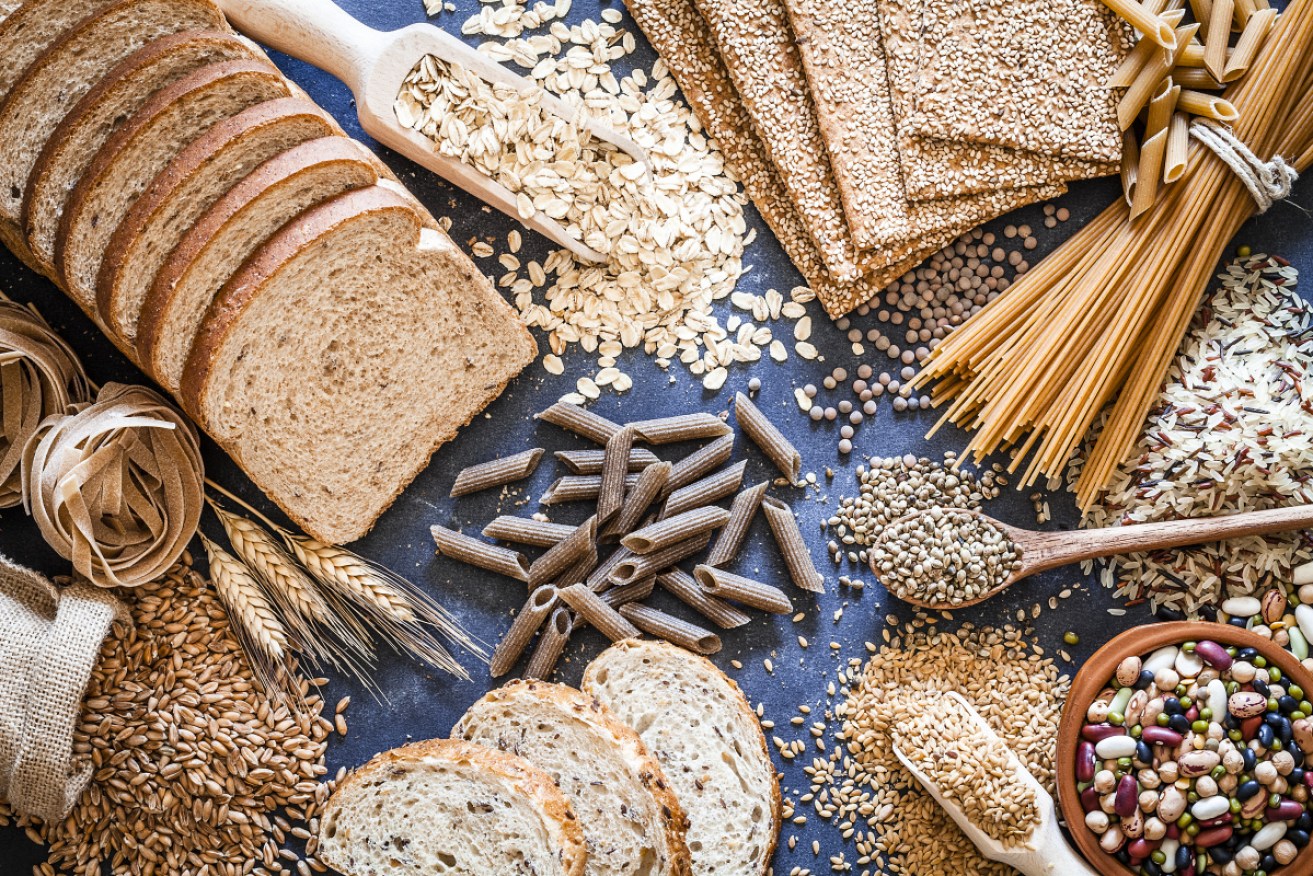Local and global factors behind big rise in bread prices


An 11.6 per cent increase in the cost of bread has been influenced by the war in Ukraine. Photo: Getty
The price of bread and cereals has risen dramatically in 2023 – and those prices are likely to remain high, continuing to exacerbate Australia’s cost-of-living crisis.
The war in Ukraine has caused volatility in the wheat market and is driving up the price of bread despite record harvests last year.
According to the Consumer Price Index, the price of bread and cereal has risen 11.6 per cent in the first six months of 2023.
Dennis Voznesenski, a senior agriculture analyst at Rabobank, said after Russia stopped Ukrainian grain from being exported out of the Black Sea, prices in Australia peaked at around 20 per cent above July 17 levels.
“We’re an exporter like Ukraine, so when there is less available grain as a result of the war in the Black Sea, it means other sources need to import grain from other origins,” he said.
“Australia produces a lot more grain than we consume, so the surplus has to be exported to the international markets and whatever happens there impacts prices locally.”
Colin Bettles, chief executive of Grain Producers Australia, said other factors have influenced the increased cost of wheat and grain products in 2023.
“We’ve seen a significant increase in input prices as well and that’s probably been a bigger issue for the growers to manage because it’s an immediate cost to their business,” he said.
‘Most expensive crop ever’
“Last year was the most expensive crop we’ve ever produced, and while we produced a record crop estimated at about $30 billion and 70 million tonnes, the price of planting that crop was as high as it’s ever been.”
The same cost-of-living pressures affecting consumers are affecting producers, with the cost of fuel for machinery, plus fertilisers and pesticides all increasing.
Mr Voznesenski said elevated prices for grain predated the war in Ukraine.
“We’re heading out of COVID into a very good season, but before COVID we had very dry conditions, where you already have relatively elevated prices,” he said.
“The main result of this continued volatility in grain markets is locally; we’ve seen anywhere from $10 to $30 a tonne increase in wheat prices, less than what we’ve seen overseas.”
Drought in the United States ‘corn belt’, where the vast majority of grain is grown by the world’s fourth-biggest exporter, has also caused prices to rise.
Mr Bettles said consumers should be aware that the volatility in the grain market isn’t going to be over anytime soon.
“People are fully aware of the situation in Ukraine and that’s creating volatility at this stage of the season,” he said.
“We’ve got to get to the end of the year to know how much grain is going to be harvested, what the pricing arrangements will be there, but growers are also carrying a lot of risk with the cost of production.”

Ukraine and Russia are among the world’s leading grain exporters, but the war has affected shipments. Photo: AAP
Resolving the blockage
Mr Voznesenski said the Ukrainian government is exploring different options to export wheat and grain, which may drive prices down once they are able to reach other countries.
“We’re waiting to see what kind of damage has been done to the Danube River system,” he said.
“If it’s been substantial, it could take time for them to rebuild before they can get exports out.”
He said Australian grain farmers have had several good seasons in a row, but this could be changing.
“If you look at New South Wales, Queensland and WA, there’s been some significant impact from dry conditions,” Mr Voznesenski said.
“The rest of the country is doing well so far and hopefully it is a decent crop this year, but we are unlikely to see the same as last year.”
Australia is now likely to enter an El Nino weather cycle, which brings less rainfall and higher temperatures throughout large parts of Australia.
Mr Bettles said growers remain optimistic for a good harvest, but will continue to watch the weather and make business decisions accordingly.
“Our growers are acutely aware of the opportunities,” he said.
“They’ve got to balance that risk against the cost of production as well, so the final price they get for their grain also has to be in alignment with the cost of producing it, so they might take the risk to chase a higher price.”








